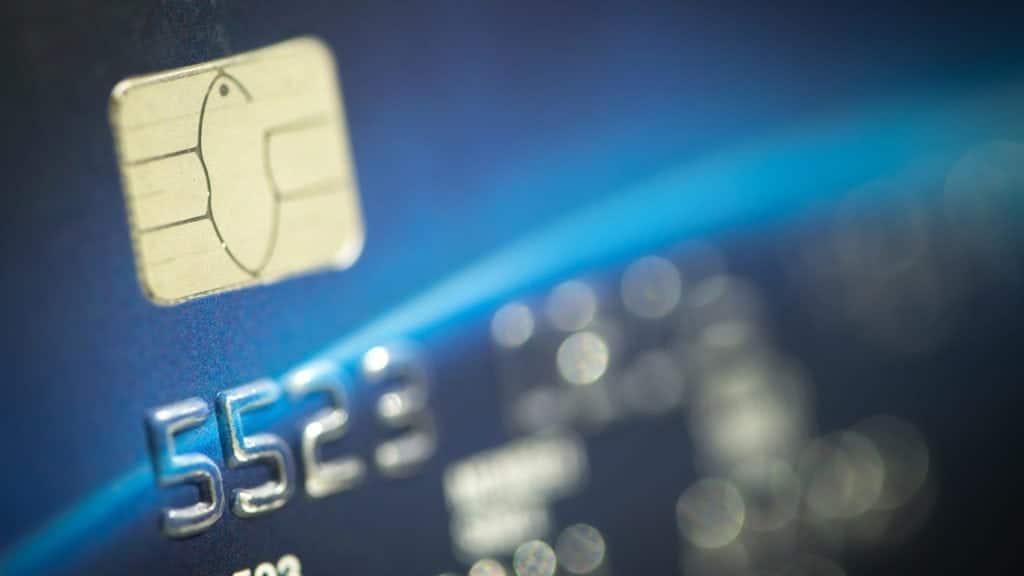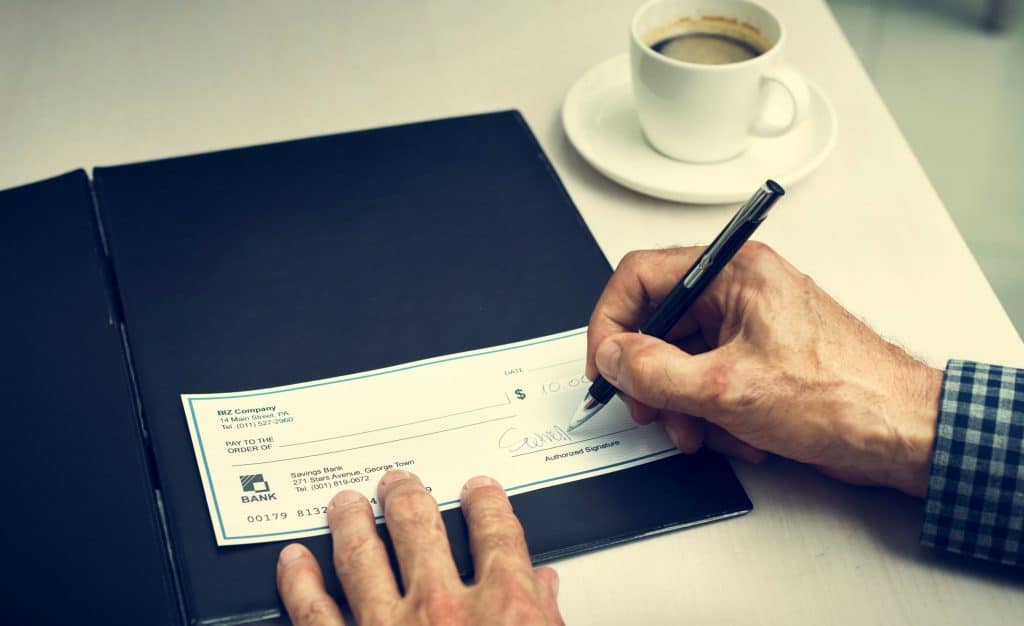5 High-Risk Chargeback Reasons

TABLE OF CONTENTS
All businesses receive chargebacks. However, high-risk entities are more susceptible than others. Many chargebacks are caused by criminal fraud, but a merchant’s missteps cause a large gamut of chargebacks. That means your business needs a two-edged approach to preventing high-risk chargebacks. First, one must invest in the right technology and equipment to prevent fraud. Secondly, you must evaluate your merchant practices and remove errors that cause chargebacks. Here are some of the high-risk chargeback mistakes merchants make and how to correct them.
1. Inaccurate Product Description
All merchants must ensure they’re providing accurate descriptions for their products, primarily when operating an e-commerce business. Since customers cannot touch or try a product first, they depend on the description to decide whether or not to buy a product. If a customer receives a product and it does not match the description, chances are high a chargeback will be filed.
To avoid these issues, regularly check product descriptions to ensure accuracy. Write descriptions from a consumer’s perspective and provide multiple pictures or videos to display the product from all angles.
It is also wise that you indicate accurate pricing on the product. A consumer must know how much a total purchase will cost them. Therefore, ensure transparency and detail taxes and shipping before payment. It is also advisable to apply discounts before the consumer hitting the “Pay Now” button. If the original authorized total alters in any way – whether less or more, be sure to contact the customer to explain the change. If the total increases from the original approval, make sure to receive a new payment authorization for the updated amount.
2. Not Informing Customers about Order Status
Sometimes a customer initiates a dispute if they don’t understand when their order will arrive on their doorstep. Questions arise such as:
- Has my order shipped?
- Why didn’t I receive an order confirmation?
- When can I expect to receive my purchase?
Such questions without clear answers make a shopper think they’ve been scammed, and a dispute can follow.
Merchants must inform a customer about the progress of their order to avoid these high-risk chargebacks. Send an email acknowledging payment has been received, and the order is confirmed. Also, provide estimated shipping dates and tracking details when available. These simple steps keep an impatient customer from calling their bank to dispute a purchase.
3. Vague Return Policies
A high-risk chargeback can also occur when a customer receives a purchase but is unable to return it. In this scenario, we know there are plenty of valid reasons why a merchant should not accept returned merchandise. But you must clearly and completely outline your return policy BEFORE a purchase is made. Be clear, concise, and pronounced on your refund policies, especially if there are special conditions, e.g., items that aren’t refundable/ returnable. Additionally, in case of unauthorized returns, be sure to get in touch with the customer as soon as possible. Being upfront with your business policies certainly assists in reducing your monthly chargeback ratio.
4. Taking Customer Service Lightly
Often, businesses pay more attention to making sales and profit than customer care. However, exceptional customer service through all steps through a customer’s journey is key to preventing a high-risk chargeback. Happy and informed customers translate to fewer complaints. Therefore, be sure to have a knowledgeable and friendly support team available to assist customers when needed. In addition to phone calls, monitor emails and social media pages for any messages from your customers and respond to them as quickly as you can. Finally, ensure all contact details are displayed on your website and customer correspondences, so it is easy to reach your business when needed.
5. Provide Accurate Billing Descriptors
A merchant’s descriptor should include your business name or website address and a customer service number. Be sure the name relayed on the customer’s billing statements is easily identified. If you operate and advertise in a dba capacity – be sure it’s that name listed on the descriptor and not your legal business name that the purchaser does not easily recognize.
Generally, the merchant descriptor consists of two parts. The soft descriptor appears while a transaction in the process of being settled. For most consumers, this means it’s in pending status. Once a transaction settles, a hard descriptor remains on a consumer’s billing statement. Both are important to monitor for accuracy to reduce chargebacks for your high-risk business.
Final Thoughts
While high-risk merchants can’t avoid all chargebacks, they do have the power to reduce them by reviewing internal policies and procedures. Providing your customers with a defined and straightforward purchase experience goes far in reducing high-risk chargebacks and keeps customers returning time and again. If you’re a high-risk merchant looking for additional ways to boost your business bottom line, give Payment Savvy a call. For over a decade, our innovative payment solutions have been custom built with the high-risk merchant in mind. In short, we will help your business grow!
We look forward to creating the perfect payment for you!


